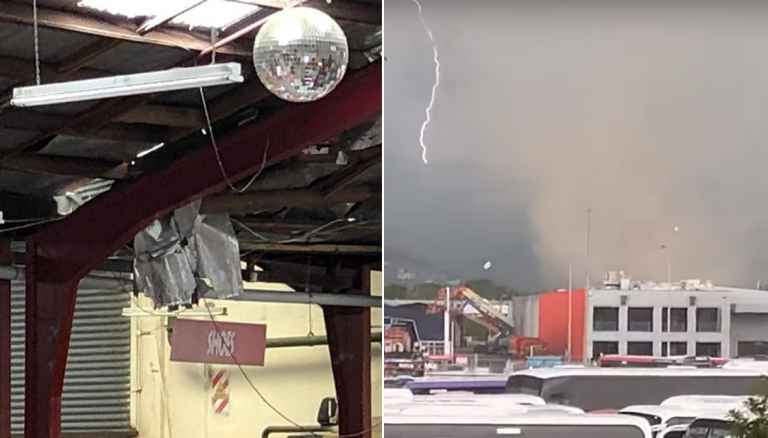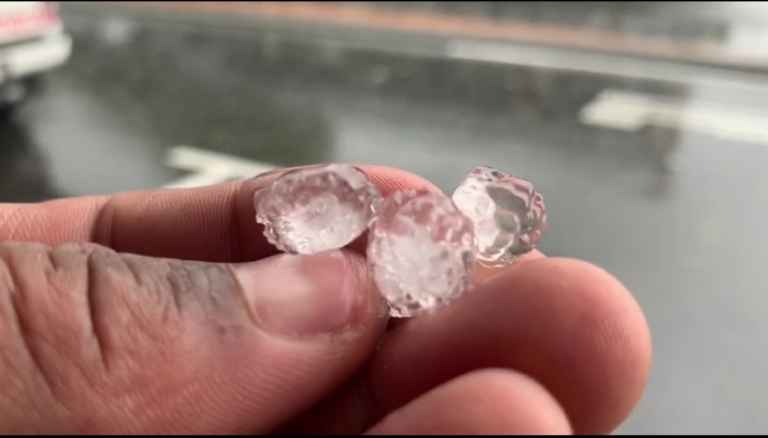What's a forensic investigator's worst nightmare? Hint: It's a whole lot cuter than whatever you were imagining.
| Baby koala at the Currumbin Wildlife Sanctuary (Image: © Eric Veland) https://www.livescience.com/ |
As you know, there are plenty of things which separate from us and animals, such as clothing, language, food, self-awareness, the Internet, selfies… and way more.
These days, fingerprints are really useful to be identifying criminals, in the past, they served a very different purpose. But the question is, are humans the only animals to have developed these mysterious whorls and swirls, or do other creatures have fingerprints too?
Here is a short answer, yes, chimpanzees, gorillas and even koalas have fingerprints.
Humans, with our closest relatives, gorillas and chimps are around the only animals that have fingerprints. The other is the koala, a cute, adorable marsupial, that is divided from us by 70 million years worth of evolution.
The idea that fingerprints independently developed in koalas are one of the strongest argument for the frictional function of fingerprints, thinking that koalas spend the large majority of their life hanging out on the sides of trees, munching on eucalyptus leaves and generally being quite lazy.
| Credit: https://www.scienceabc.com/nature/animals/ |
It is not just that our fingerprints are roughly similar to koalas, they are really indistinguishable (identical). A trained expert would have trouble telling human and koala fingerprints apart, even using a microscope.
Researchers from the University of Adelaide explain:
| Koala Credit: Comstock Images/Comstock/Getty Images https://animals.mom.me/ |
"Koalas feed by climbing vertically onto the smaller branches of eucalyptus trees, reaching out, grasping handfuls of leaves and bringing them to the mouth. Therefore the origin of dermatoglyphics [fingerprints] is best explained as the biomechanical adaptation to grasping, which produces multidirectional mechanical influences on the skin. These forces must be precisely felt for fine control of movement and static pressures and hence require orderly organization of the skin surface."
In 1975, police took fingerprints from two orangutans and six chimpanzees housed at Ape House at London Zoo and at Twycross Zoo in Leicestershire? They weren’t just looking for a unique souvenir, they were testing to see if an unsolved crime could be the fault of these banana-eating miscreants.
While these animals ended up being as innocent as they looked, the police did manage that their fingerprints were indistinguishable from a human’s without careful inspection.
After a few years, in 1996, an unusual type of mammal came under police doubts, a koala!
It makes sense that orangutans and chimpanzees would have fingerprints like us, being some of our closest relatives. Koalas are evolutionarily distant from humans. It really turns out that fingerprints are a great example of connecting development. One other example of connecting development or convergent evolution is seen below in the bony structure supporting both birds’ and bats’ wings.
| Credit: https://www.mcgill.ca/oss/article/ |
It is believed that fingerprints are to serve two purposes. First, they support in grip, providing an animal to better hold onto rough surfaces like tree trunks and branches. Second, they enhance the feeling of our touch and let us a finer level of knowledge about the textures and shapes of the things we hold.
Why is this useful for humans? Our hands are made to grip, hold and handle objects. Doesn’t matter it’s some mad we searched for or our Xbox controller, we humans spend all day depending on our sensitive sense of touch.
But for koalas, it’s not that different. They are especially fussy eaters, showing strong choices for eucalyptus leaves of a particular age. It shows that their fingerprints provide them to fully investigate their food before they chow down.
The police aren’t really worried about koala bank robbers, but it is likely that koala fingerprints could be found accidentally at the crime scene and be overlooked for a human’s, making it rather challenging to find a match.
Reference:






